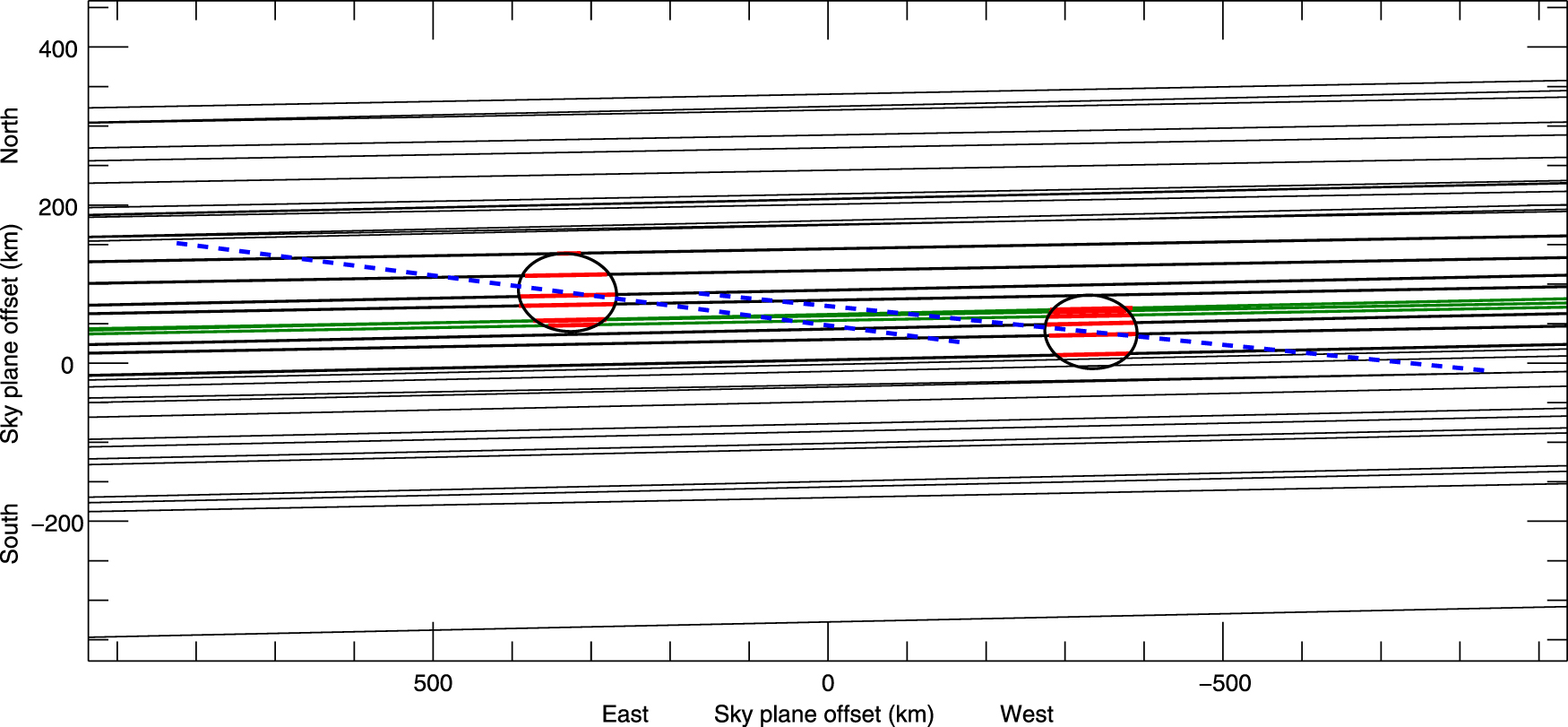Patroclus and Menoetius
Mar 02, 2020
The grand finale of the Lucy primary mission is the flyby of a pair of Trojan asteroids, (617) Patroclus and Menoetius. Lucy will flyby this pair on March 2, 2033.
After an Earth gravity assist, Lucy will head towards the L5 Trojan asteroid swarm. This also known as the “Trojan swarm” (as opposed to the “Greek swarm”) because most of the asteroids in this region have been named after Trojan heros from the Trojan War (as described in Homer’s the Illiad and the Odessey). Patroclus (and its binary companion Menoetius) are the lone “Greek Spies” in the Trojan camp, because Patroclus was discovered before the naming convention had emerged.

Patroclus was the second Trojan asteroid ever discovered, first identified on October 17, 1906. In 2001 observers discovered that it has a nearly equal brightness (so presumably equal mass) companion. This was named Menoetius after Patroclus’s father.
Occultations, events where the asteroids pass between a star and the Earth, have allowed us to get relatively good sizes and general shapes of the pair of asteroids.

Unlike most asteroid pairs in the main asteroid belt, scientists hypothesize that this pair of asteroids has been together from the very beginning. Current models of asteroid formation suggest that this pair may have formed from a cloud of collapsing “pebbles” 4.5 billion years ago in the gas-rich disk within which all the planets formed. Evidence suggests that primordial pairs may have been quite common, and may still be common in the Kuiper Belt where they have not been disrupted.
